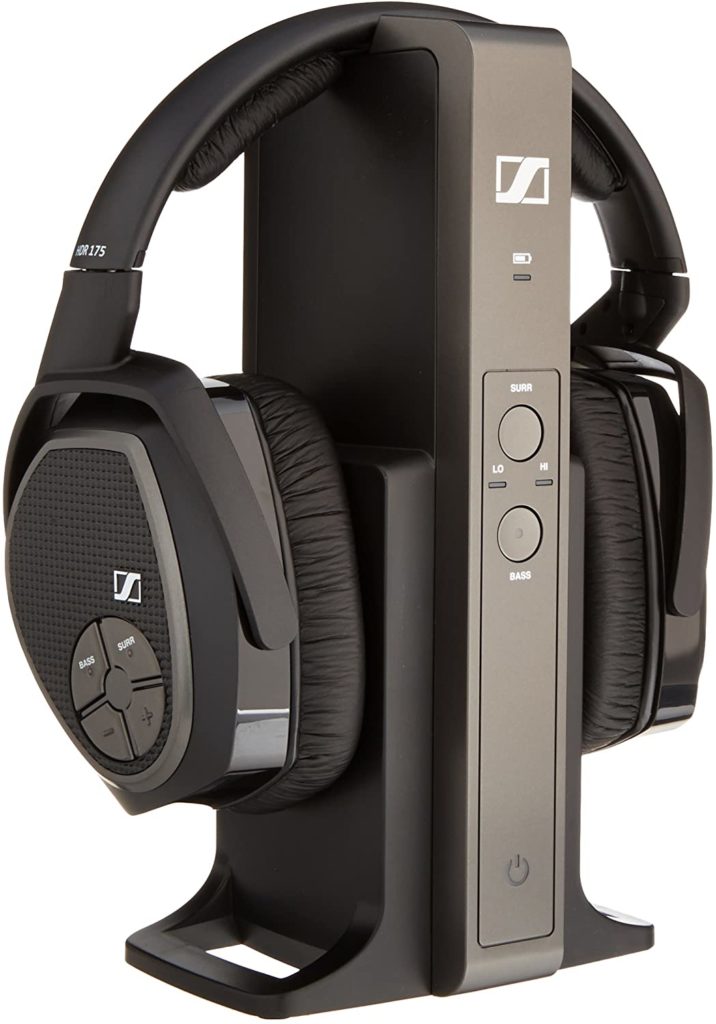A narrative essay is a specific type of writing that differs from descriptive or reflective essays. In it, the author is asked to tell a story. It’s not about describing something or providing evidence. It’s a reason why people base narrative essays on personal experience. However, it’s not the only option as the experience could be imaginable (for example, a man was a hostage in a bank robbery, and it forced him to become a police officer). It was an example from The Rookie TV series, where the main character was introduced in the pilot episode. Anyway, experience is crucial.
However, today we will describe one of the most important parts of a narrative essay – dialogue. First, it’s hard to understand why we may need dialogue in an essay. In fact, this is the part that makes creative writing more powerful and raises its value. However, people still need to understand the main purpose of the situation when the characters speak. It may be more significant than we think, so let’s discover why dialogue is crucial.
Table of Contents
The Importance of a Dialogue?
Before analyzing the dialogue, it’s essential to understand what this form of speaking needs. It’s a crucial part of almost every narrative, and a narrative essay also belongs to this category. There are some functions that dialogue holds. Now, it’s time to explain each one.
- Letting characters show themselves
The introduction of a character’s personality may be emotional. However, each one reveals uniqueness through dialogues, describing behavior, and how they communicate with others.
- Advancing the plot
One of the narrative techniques is called “show, not tell,” and a function of dialogue is to show the story, not tell it. When reading the conversation, the reader enters the scene and looks at the situation from multiple sides, hearing each character’s voice. Moreover, when two or more characters are present, a spontaneous dialogue may quickly turn into a discussion and reveal new details.
- Breaking the monologue
Once characters speak, they interrupt the narrator’s monologue, especially if it’s a long and monotonous report. This way, the author begins a new storyline or introduces a new character’s personality. When the character himself makes the introduction, it’s more interesting than an introduction in a narrative form.
- Using flashbacks to present memories
Sometimes the best way to explain the present situation is to unlock a memory. It’s called a flashback when a character remembers something, and this memory helps to find a solution.
Good dialogue in a flashback helps to make this technique more effective. In addition, conversations from the past may unlock secrets that have been hidden for years. By writing dialogues, the author shows who the characters are. The more each one tells, the more readers know. That’s why an experienced essay writer always pays attention to the dialogue.
Formatting Dialogue for a Narrative Essay
For the first time, writing a dialogue seems easy. However, even experienced writers may struggle while working on the task, especially if they use two or more characters later in writing. Formatting speech intuitively is not an option, as there is a set of rules that should be followed. Grammar and punctuation rules may seem complicated, especially when discussing dialogue tags. However, everything won’t seem scary if you know the rules. There are some basic dialogue formatting requirements to follow, and now we will quickly analyze them.
The first one is attribution. People usually call them dialogue tags. These things show readers which character is speaking at the moment. Here’s an example where the dialogue tag is used correctly.
“Welcome back,” said Jack and raised a hand as we saw him in the crowd.
In this case, the dialogue part (“Welcome back”) is attributed to Jack. He welcomes back his friends, which is an attribute. The phrase “said Jack” is a dialogue tag.
The second thing to notice while writing the dialogue part is adding quotation marks. It’s essential to understand when the writer should put phrases into quotation marks, distinguishing the narrator’s words from the characters’ words.
Using quotation marks is needed to indicate the words being spoken and those that are part of a narrative summary. There are two types of marks: single (`) and double (“). There is no correct or incorrect option. Therefore, the usage of both options is OK. A quotation mark is as important as a dialogue tag.
The third requirement for writing a great dialogue is called “New Speaker, New Paragraph.” This rule should not be broken under any circumstances. For example, if there is a particular scene with a dialogue between Mary and Mark. It means that when Mark speaks, it’s one paragraph, and when the writer switches to Mary, it’s another paragraph.
These three rules are a must to follow. For the first time, it’s hard, and you may need to practice writing dialogue for narrative papers. However, you will move to more complicated narrative techniques when you find out how it’s done.
Using Quotes in the Dialogue According to the Style
Paying attention to the writing style recommendations is essential when working on a narrative essay. For example, on different occasions, italics are preferred over quotation marks. In addition, some moments remain controversial and need clarification to write effective dialogue.
Italics should be used for foreign words. When unfamiliar words are written in italics, they are easier to highlight.
Quotation marks may be used on entire phrases or sentences when it forms a question or an exclamation. If a whole sentence forms a question or an exclamation, question marks and exclamation points should be outside the closing quotation marks. Also, if there are periods and commas in the cited text, they always stay inside the quotation marks. People often use exclamation marks to express a character’s emotions, so this tip is important.
A direct quotation should always begin with a capital letter unless it’s an interruption or a sentence fragment.
How to Write a Good Dialogue
Writing random lines and completing them is not a dialogue. On the other hand, good dialogue is needed to push the story, telling readers more about the characters, the world, and the situation overall. So how to raise the quality and make dialogue a solid part of the writing? The answer lies below.
- A three-beat rule. This is a tip from screenwriter Cynthia Whitcomb as she recommends using no more than three dialogue beats at once. After that, the writer may insert a dialogue tag or switch to another character. “Beats” mean short phrases that can be said without pausing for breath. “What do you want from me? Just what?” is an example of such a phrase.
- Using action beats. By implementing these constructions in the dialogue, writers provide descriptions of the expressions, thoughts, or actions. It may be helpful to show how the character’s emotions were described. They are included in the same paragraph to indicate moments of acting and speaking.
- Making dialogue scenes variative. Refrain from sticking to one rule or one writing sequence. Using multiple versions of action beats through one scene helps to create effective dialogue. When a person reads three dialogues built with one concept, it’s not what’s called “interesting.” Teachers will mark it as a mistake.
These tips help authors to make dialogue sound better, improve character development, and make the story more interesting.
Final Thoughts About the Purpose of the Dialogue
Sometimes when we need to write dialogue in a narrative essay, it can be intimidating, especially if it’s a new experience. However, if you can’t do it yourself, there’s an alternative. Ask a professional writer, “please, do my essay,” and you will get excellent paperwork with all requirements considered.

